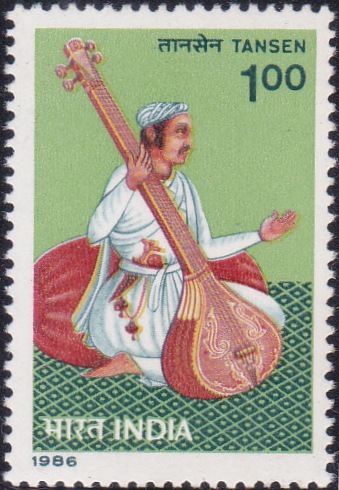
Tansen
A commemorative postage stamp on Mian Tan Sen, an Indian Hindustani classical music singer, court musician and one of Navaratnas of Mughal Emperor Akbar :
I ssued by India
ssued by India
Issued on Dec 12, 1986
Issued for : The Department of Posts is privileged to issue a commemorative stamp on the great musician and composer Tansen.
Description of Design : The 100 P denomination multicolour stamp on Tansen depicting the portrait of Tansen designed by India Security Press, Nashik Road. The first day cover has been designed by Shri R. N. Pasricha. The cancellation has been designed by Mrs. Alka Sharma.
Type : Stamp, Mint Condition
Colour : Multi colour
Denomination : 100 Paise
Printed : India Security Press
Name : Ramtanu Mishra
Born on 1493 at Behat, Gwalior, Madhya Pradesh, India
Died on 1585 at Agra, Uttar Pradesh, India
About :
- In the history of Hindustani music, there is no name so fascinating, and so haloed by the story of countless legends as Tansen‘s. Born in the early seventeenth century to a Brahmin poet, Makerand Pande and his wife with the blessings of a sufi fakir, Muhammad Ghaus, the child was known by various names, both hindu and muslim. It was Maharaja Ramniranjan of Gwalior who conferred on him the name of Miyan Tansen, a name, by which he is best known.
- Tansen had his musical education from the great ascetic scholar, musician and composer, Swami Haridas of Brindaban. Soon after he became an accomplished musician, Tansen was made the Court-musician. Tansen was made the Court-musician by the Rewa-ruler, Ramsinghji. Before long, Tansen‘s fame spread far and wide and Emperor Akbar himself called him to his Court and made him one of the ‘Nine Jewels‘ of the Imperial Court.
- The art of Hindustani music reached its highest watermark in Tansen‘s time. It was he who perfected and popularised the dignified and difficult Dhrupads. Tansen‘s music followers and descendants sang only Dhrupads and are known as the Seniya Gharana. He had as his contemporaries a brilliant galaxy of musicians and poets like Naik Biju, Tulsidas, Ramdas, Meerabai, Surdas and others. He was not only the greatest Dhrupad-singer but a great musician and skilled composer as well. Abul Fazal wrote: “For a thousand years, there has not been a musician like Tansen“. Tansen is also remembered as the author of two very valuable books “Sangeet–Sara“ and “Ragmala“.
- Tansen‘s entire family and the Emperor himself were at his bedside, during his last hours, in Gwalior. The humble memorial to this great genius in Gwalior is today the pilgrimage spot of all music-lovers.
- Courtesy : Sangeet Natak Akademi.


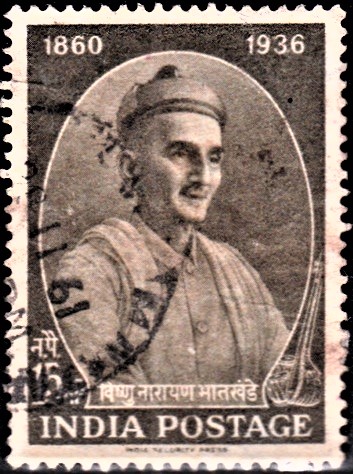
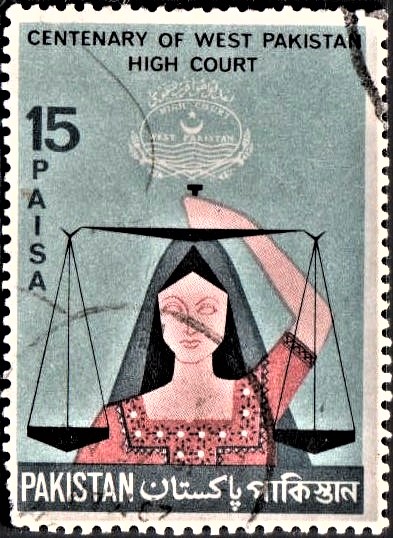
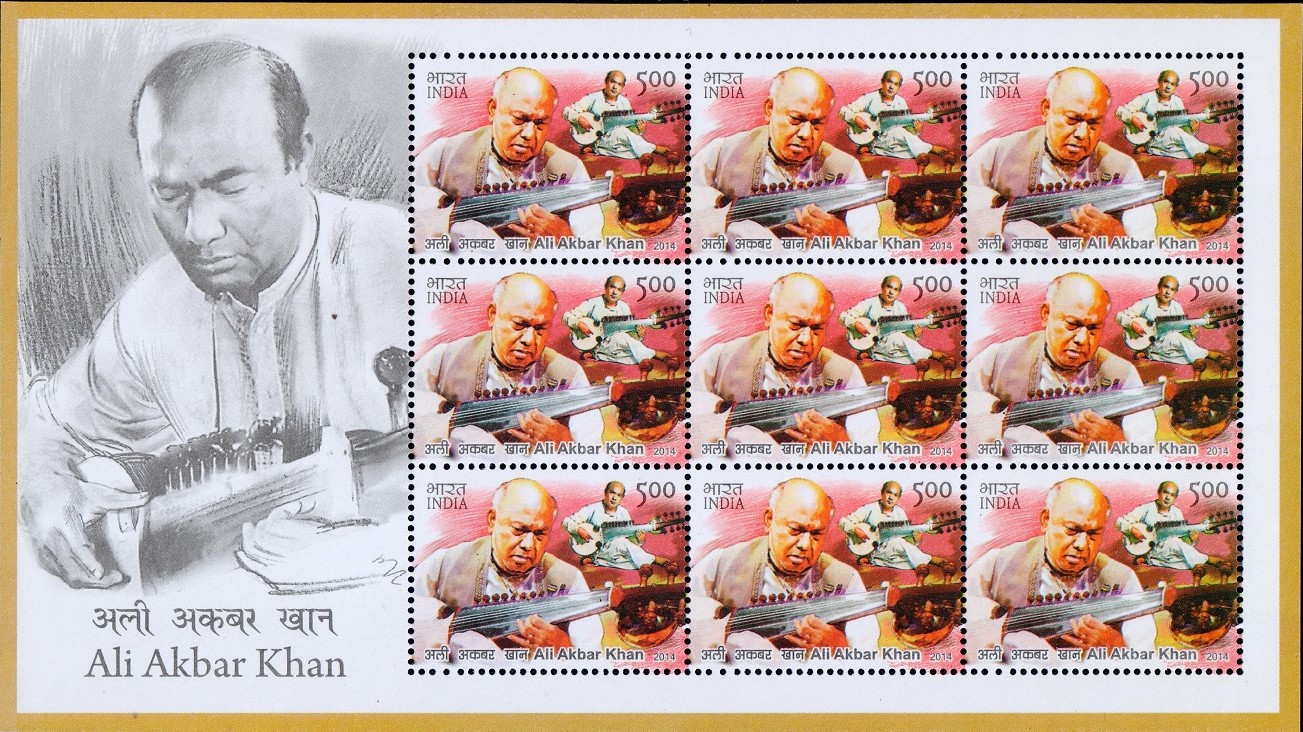
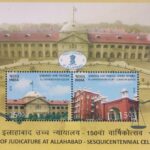


[…] exponents of the Sarod, was a torchbearer of the glorious musical legacy of Gwalior. The legendary Tansen, perhaps the best known Indian dhrupdiya of all time was from […]
[…] Palace and the Gujri Mahal and a School of Music, where India‘s greatest musician – Tansen, was a student. After the death of Mansingh in 1517 AD the Fort passed into the hands of Ibrahim […]
[…] (Nirvan) in 1573 A.D. was a saint-poet, philosopher and the celebrated Guru of Baiju Bawra and Tansen and many other great musicians. He was one of the greatest saint musician poets of our country and […]
[…] classical music and Rabindra Sangeet, his voice moving easily with vibrancy and strength from Tansen‘s “Diya jalao“ to the whispered delight of “Ek raje ka beta“ from the […]
[…] spent quite some time in Gwalior, Baroda and Rampur, he collected some very important Dhrupads of Tansen from the Late Vazir Khan and the Late prince Sadat Ali Khan. His profound knowledge of music and […]
[…] By virtue of belonging to the Senia Moradabad Gharana, the tradition of his music can be traced to Mian Tansen, the great vocalist in the court of Mughal Emperor Akbar. Khansaheb was initiated into Sarangi […]